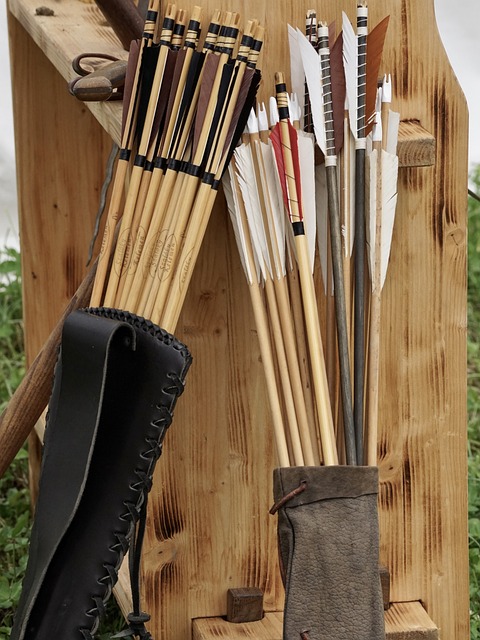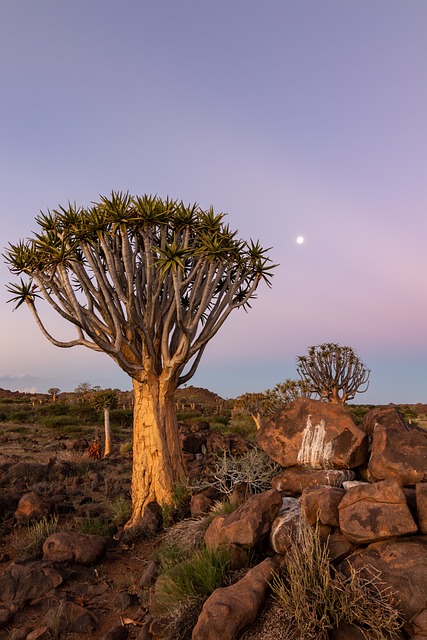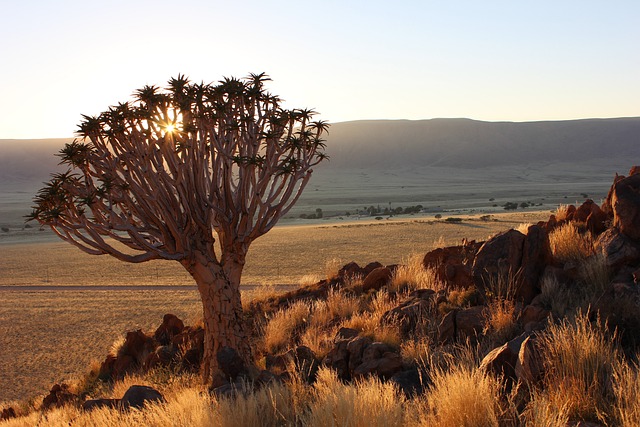The quiver tree, scientifically known as the Aloidendron dichotomum, is an ancient tree from the southern African region. The quiver tree was used by bushmen and Khoi to make arrows. It forms a part of South Africa’s vulnerable and endangered species.
The quiver tree features quite prominently in gardens all over South Africa and other countries with a similar climate. It is a historical statement and rare plant species that brings significance to your garden.

Image credit: Pixabay
Growing conditions
In wetter parts of South Africa, such as the Western Cape, these plants are able to thrive provided that the drainage is good enough to prevent rotting in the wet winters.
The quiver tree thrives in sandy, rocky and dry climates and they can survive severe drought. If you live in a rocky and sandy area or consider creating a rock garden, include the quiver tree in your rare, indigenous plants collection.
Why grow the quiver tree?
The quiver tree is nature’s treasure tree. After the English geologist and diamond prospector Frederick Cornell had searched through the Cornell’s Kop (then called Tropic of Capricorn Hill), for diamonds, he was grateful to have found the quiver tree in his pursuit even though his mission to find diamonds had failed.

Image credit: Pixabay
This tree is a natural habitat for a variety of birds. It provides a home to many birds making it essential to be preserved from extinction. It adds value to the existence of wildlife, as it has added value to the bushmen in the past.
Incorporating a quiver tree into your garden is a way to preserve a piece of Southern Africa’s heritage. This resilient tree, with its ancient roots and natural beauty, offers a unique connection to history, culture, and the diverse wildlife it supports.
Whether you live in a dry, rocky region or have a well-drained space in wetter areas, the quiver tree is a remarkable addition to any garden that values sustainability and timeless beauty. Let this rare gem become a part of your garden and enjoy a glimpse into the past right at home.
ALSO SEE:
Give your rare plants the best care with these easy-to-follow tips
Featured image: Pixabay


